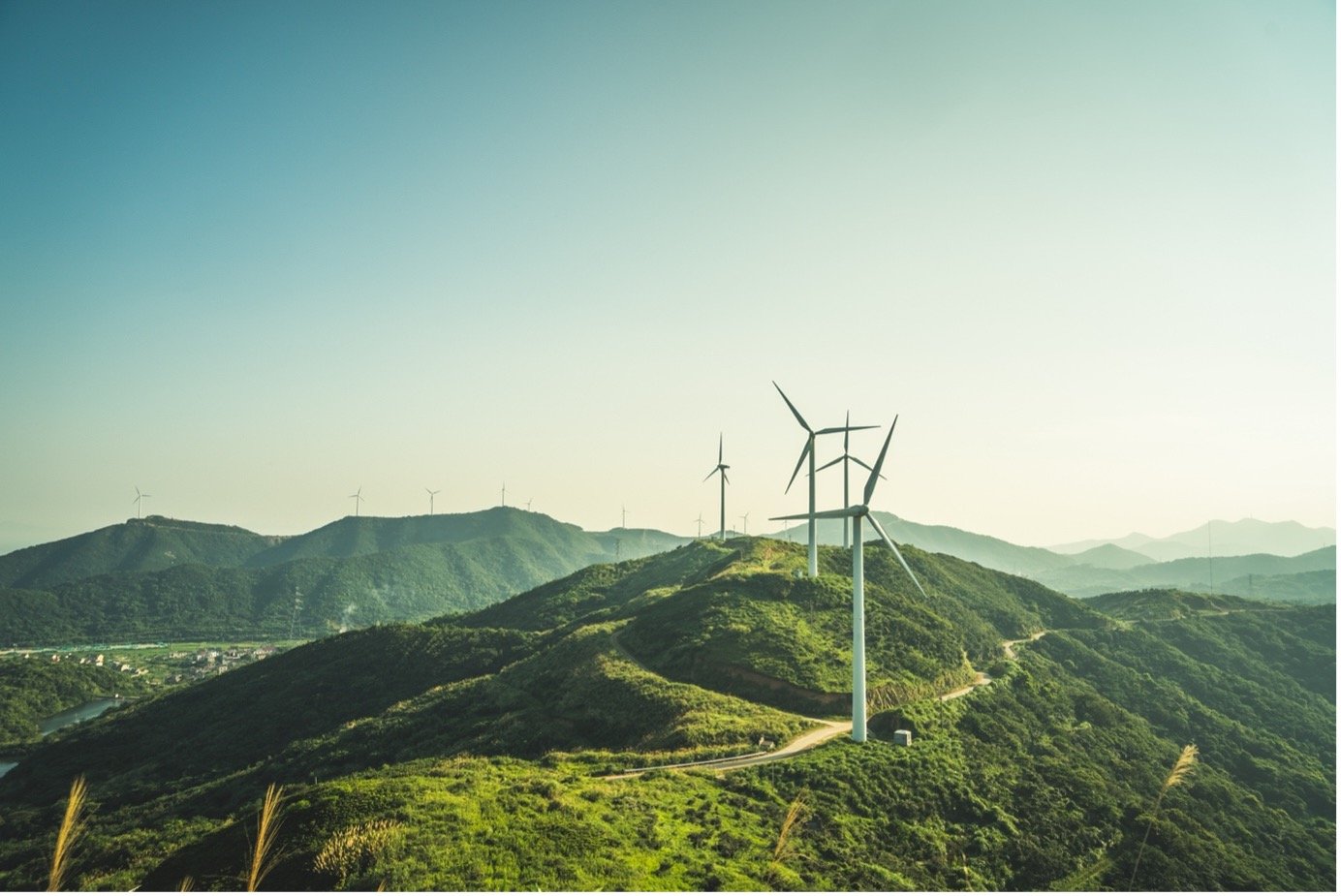6 Interesting Facts About Wind Energy
2021-09-24T12:35:00Z
renewable energy

renewable energy
Wind energy has become one of the most widely used and popular sources of renewable energy throughout the world. The space of Wind Energy has been steadily increasing over the past 5 years and rapid improvements have been made in the manufacturing of wind turbines. This efficiency has contributed in making wind power a cost effective alternative to conventional energy sources. More importantly, wind energy plays an essential role in the transition from fossil fuels to renewable energy, helping us reduce the impact of global warming.
Here are some interesting facts about wind energy that you should know.